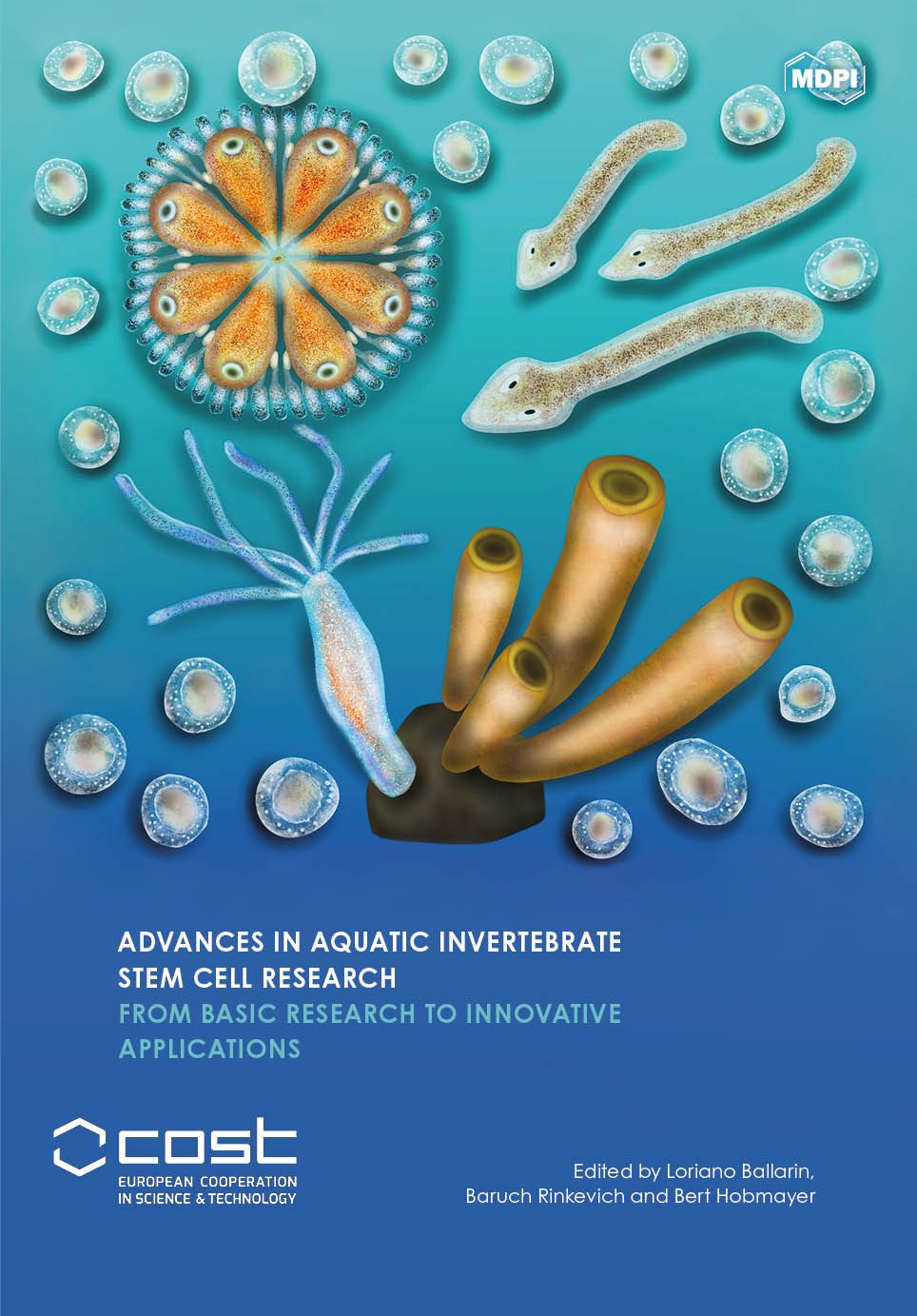Pigment Cell-Specific Genes throughout Development and in Cell Cultures of Embryonic Stem Cells of Scaphechinus mirabilis, a Sand Dollar
Pigmentation, a natural mechanism, plays an important role in photo-protecting larvae and embryos of sea urchins from harmful impacts of solar radiation, hypoxia, pathogens, metals and toxicants and might be useful as a marker of environmental stresses. The use of sea urchin embryos and gametes in testing developmental and production effects has been successfully developed by a number of laboratories worldwide. The objective of this study was to find the maximal expression level of the genes encoding enzymes expressed in pigment cells throughout the development of Scaphechinus mirabilis and in cell cultures of this sand dollar. Two genes related to different gene families (pks and sult) were selected for analysis in pigmentation, and their expression level was evaluated by quantitative real-time PCR. The naphthoquinoid pigments of echinoderms and related compounds form a new class of highly effective antioxidants of the phenol type, exhibiting high bactericidal, algicidal, hypotonic and psychotropic activity. Studying marine invertebrate stem cells and primarily differentiation processes and growth regulation may open novel biotechnological avenues such as new applications including basic research in translational medicine.
